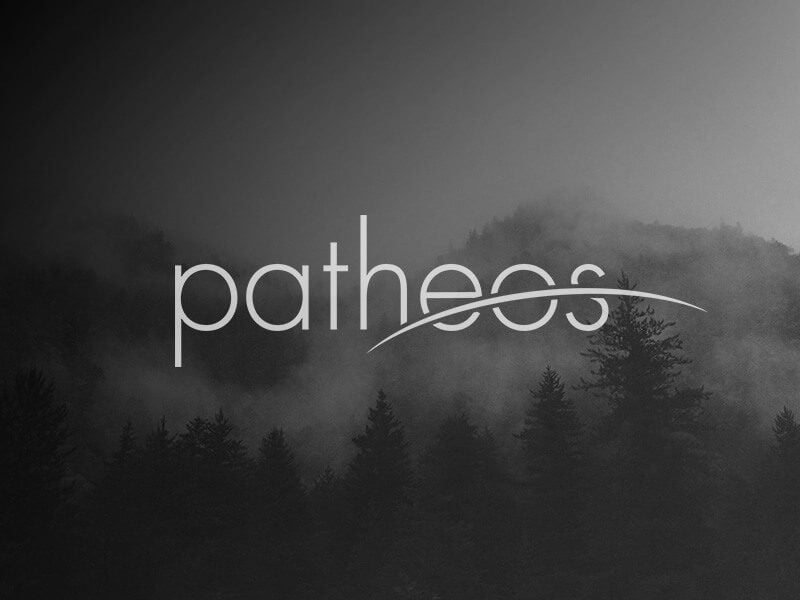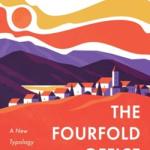In their fascinating and richly illustrated Solomon’s Temple: Myth and History , William Hamblin and David Seely take note of the architectural continuities between temple and synagogue: “Many elements of the architecture and visual imagery of the synagogue were intended to remind the people of the Temple. Rabbinic writings suggest that the doors of the synagogue should face east, and that synagogues should be built on high hills like the Temple . . . .
Study of scripture was central to the purpose of the synagogue, where the focus of sanctity was the Torah shrine, called an ark ( aron ) like the Ark of the Covenant, and often covered by a veil, as was the Ark in the temple. Many synagogues had seven-branched lampstands ( menorah ) like those in the Temple.”
In addition, “Celebrations of the Sabbath and of other festivals, which in biblical times had centered around the Temple, were after its destruction transferred into synagogues and homes. The Mishnah . . . attributes this shift to the ‘enactments” ( taqqanot ) of Rabbi Yochanan ben Zakkai, who authorized the use of Temple practices in synagogues ‘in memory of the Temple.’ These included the blowing of the shofar (ram’s horn), the recitation of the priestly benediction, and the use of the lulav and etrog (citron) associated with the Feast of Tabernacles at the Temple.”
In short, during the Second Temple period, synagogues slowly became symbolic surrogates for the temple.”











